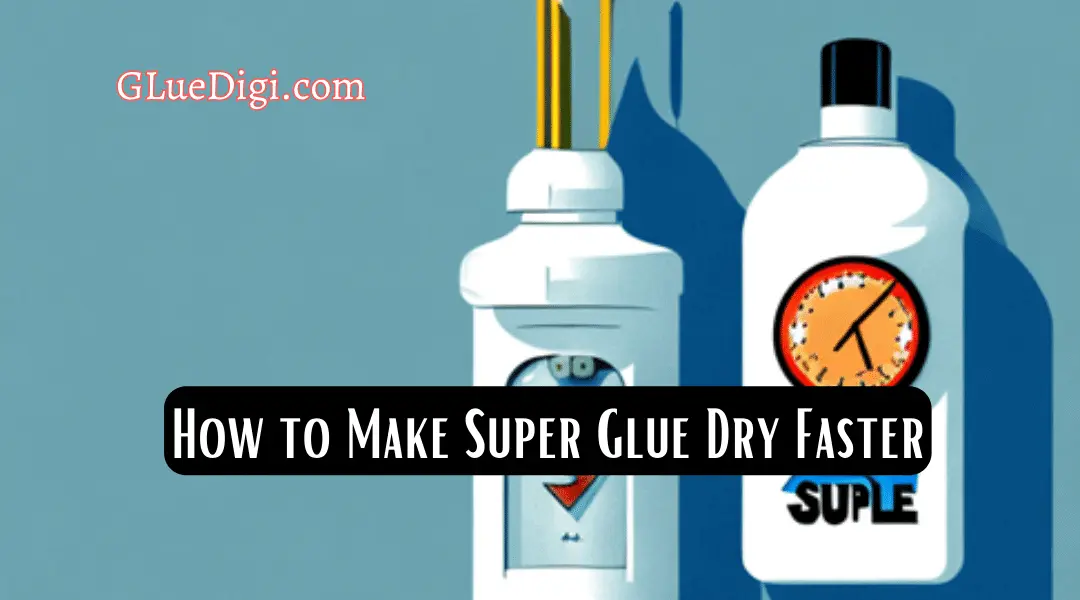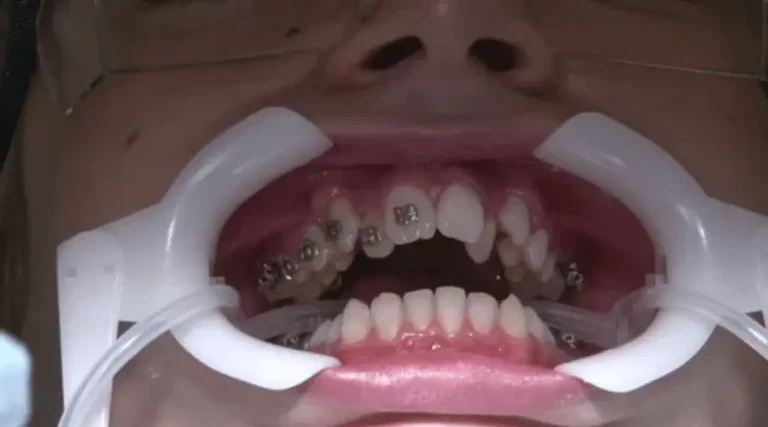Super glue is an indispensable tool for bonding various materials quickly and securely. However, sometimes you need it to dry even faster. In this guide, we’ll share expert advice on how to make super glue dry faster, understand the science behind its bonding process, and explore alternative fast-drying adhesives.
Let’s dive into this peculiar topic and uncover the taste, health risks, and even unique uses of glue beyond its intended purpose.
Understanding Super Glue and Its Drying Process
Understanding superglue and the variables affecting its drying time is crucial before knowing how to hasten the drying process of superglue glue. Let’s explore the scientific basis behind superglue bonding.
What is Super Glue?
Factors Affecting Super Glue Drying Time
Several factors influence the drying time of superglue. These factors include the type and thickness of the materials being bonded, the amount of adhesive used, the temperature and humidity levels, and the age of the glue. Understanding these factors will help you make necessary adjustments to achieve faster drying times.

In terms of how fast superglue dries, a lot depends on the kind and thickness of the materials being bonded. Because they are porous and absorb more moisture, wood, and paper may take longer to dry. More glue is required for thicker materials, which may increase the drying time.
The temperature and humidity of the surrounding area may have an impact on how fast superglue dries. Higher temperatures and lower humidity may speed up the drying process, while lower temperatures and higher humidity might slow it down.
Finally, the age of the glue may affect how fast it dries. Older glue’s slower reaction rate may cause longer drying times.
The Science Behind Super Glue Bonding
The primary component in super glue, cyanoacrylate, undergoes a chemical reaction when exposed to moisture, even the minuscule amounts present in the air. This reaction causes the molecules to link together, forming tight chains that create a strong bond between the substrates. By managing the factors affecting this process, you can control super glue’s drying time.
It’s important to note that superglue should be used with caution. It can bond skin and other unintended surfaces together, causing injury or damage. Always wear protective gloves and work in a well-ventilated area when using super glue.
does heat make super glue dry faster?
The Super glue is sensitive to temperature. A little bit of warm air can go a long way and speed up the time it takes the glue to set. Be sure to move the hairdryer around so as not to overheat an area. A naturally warm environment will also speed up the drying process.
Expert Tips for Accelerating Super Glue Drying Time
Now that you understand the chemistry behind super glue, it’s time to talk about the several methods experts suggest using to speed up the drying process. Use these suggestions to enhance your bonding process, from surface preparation to temperature management.
Surface Preparation Techniques
Applying the Right Amount of Super Glue
Using too much adhesive can increase drying time and lead to a weaker bond. Generally, a small amount of super glue is enough to create a strong attachment between surfaces. Apply a thin, even coat of adhesive across the bonding area to promote faster drying times.
Additionally, it’s crucial to avoid using too little super glue. A lack of adhesive may prevent you from forming a solid bind between surfaces. Apply enough glue to completely cover the bonding region with a steady hand.
Safety Precautions When Handling Super Glue
Super glue is a powerful adhesive that can be useful in various applications. However, it is critical to prioritize safety when working with superglue, as it can pose some risks if not handled properly. Here are some essential precautions to follow when using this adhesive:
Protecting Your Skin and Eyes
When super glue comes into touch with your skin, it could irritate you or even hurt you. Always use gloves and safety goggles while handling the cement to prevent skin and eye irritation. It’s also a good idea to wear long sleeves and pants to protect your skin from accidental spills and splatters.
In case you do get superglue glue on your skin, do not panic. Nail polish removers with an acetone base may aid in safely removing the material. Just gently wipe the adhesive away after letting the afflicted area soak in the nail polish remover for a few minutes. Seek emergency medical treatment if you feel any pain or irritation.
Proper Ventilation and Fume Control
To keep superglue safe and effective, it has to be kept appropriately. Keep the glue in its original container with the lid well closed, away from fires, heat sources, and direct sunlight. Keep the glue away from intense heat sources in a dry, cold atmosphere.Keep children away from the glue as well. Super glue may be highly appealing to curious children, but it may be quite dangerous if ingested or applied to the skin or eyes. If you suspect a child has come in contact with super glue, get medical attention straight once.
Troubleshooting Common Super Glue Issues
Even with safety precautions, super glue still could cause you some issues. Here are some common problems and their associated solutions to help you face these challenges head-on.
Dealing with Excess Glue and Spills
If you’ve accidentally applied too much super glue or spilled it, clean the surface with a dry cloth before the glue dries. Alternatively, you can use acetone or an adhesive remover to dissolve any dried spills or excess blobs.
Removing Super Glue from Surfaces
If you need to remove super glue from any surface, utilize acetone-based nail polish removers or adhesive removers to soften and dissolve the bonds. Always test a small, inconspicuous area to ensure it doesn’t damage the material.
Fixing Weak or Failed Bonds
The materials that are joined together may sometimes be weak or perhaps entirely separate. Review your process to ensure proper surface preparation, adhesive application, and drying conditions. Apply the glue again as necessary according to the given guidelines to create a stronger bond.
Alternative Fast-Drying Adhesives to Consider
Epoxy Resins
Epoxy resins provide solid bonding for a number of materials, including metals, polymers, and ceramics. They often have two parts that, when combined, harden, allowing for rapid curing times while yet maintaining a high level of durability.
Hot Melt Adhesives
Hot melt adhesives are set up rapidly by sticking as they cool after being applied hot. Although they work well on porous materials like paper and textiles, they may not be the greatest option for all applications because of their sensitivity to temperature changes.
Conclusion
How to Make Super Glue Dry Faster? You can make sure that your experience with superglue is safe and successful by adhering to these safety considerations. Always put safety first while dealing with any kind of glue or chemical, and never be afraid to get medical help if you are hurt or feel uncomfortable.




